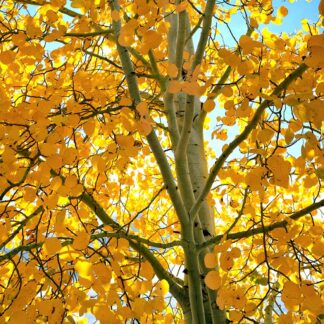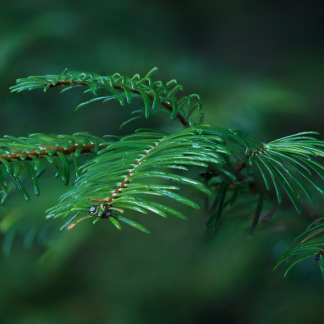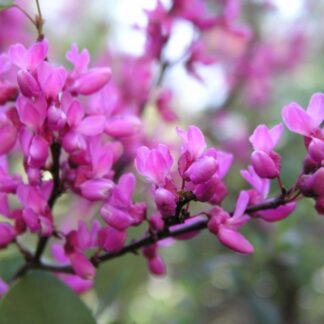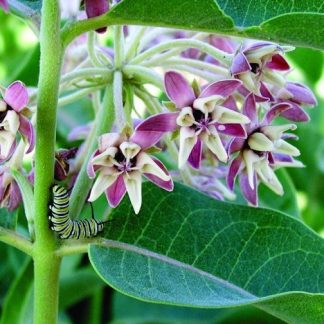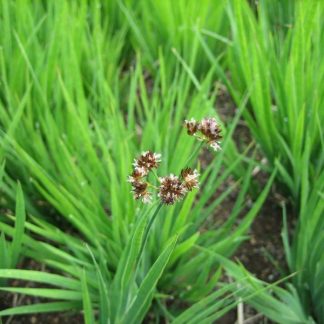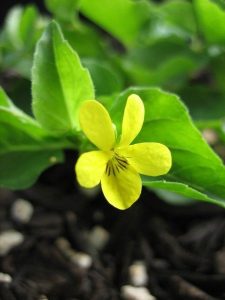 Viola glabella is readily seen growing underfoot in wet open forests of the Pacific Northwest. A familiar site on hiking trails that weave near rivers and waterfalls. It’s common name, stream viola, is therefore quite suitable.
Viola glabella is readily seen growing underfoot in wet open forests of the Pacific Northwest. A familiar site on hiking trails that weave near rivers and waterfalls. It’s common name, stream viola, is therefore quite suitable.
The heart-shaped foliage stay close to the soil only reaching a few inches in height. Cute yellow flowers dapple the greenery with a bilateral symmetry. The lower petal acts as a landing pad, equipped with delicate pollination guide lines leading to the nectar spur. The fruit is an oblong three chambered dehiscent pod, opening when ripe, which release seeds resembling miniature speckled eggs.
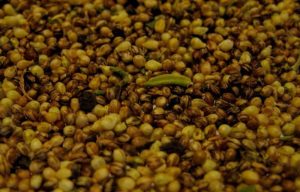
The dehiscent pods open with a force, as a result of the drop in water content on a warm sunny day. The difference in pressure results in the pod bursting open, discharging the seeds into many directions. The ability to throw seeds increases distance between parent and pioneer child, however it seems it would take several years to gain major distance for the overall species. Instead this dispersal tactic gives stream viola it’s ability to form a dense ground cover in only a few years.
Although beneficial for the disperser, dehiscent fruit makes it difficult for the seed collector. If we miss our opportunity to collect the pods prior to dispersal, they open up on their own casting small seeds amongst similar sized soil particles.
We sell Viola glabella bareroot when available, and in containers all year round.


